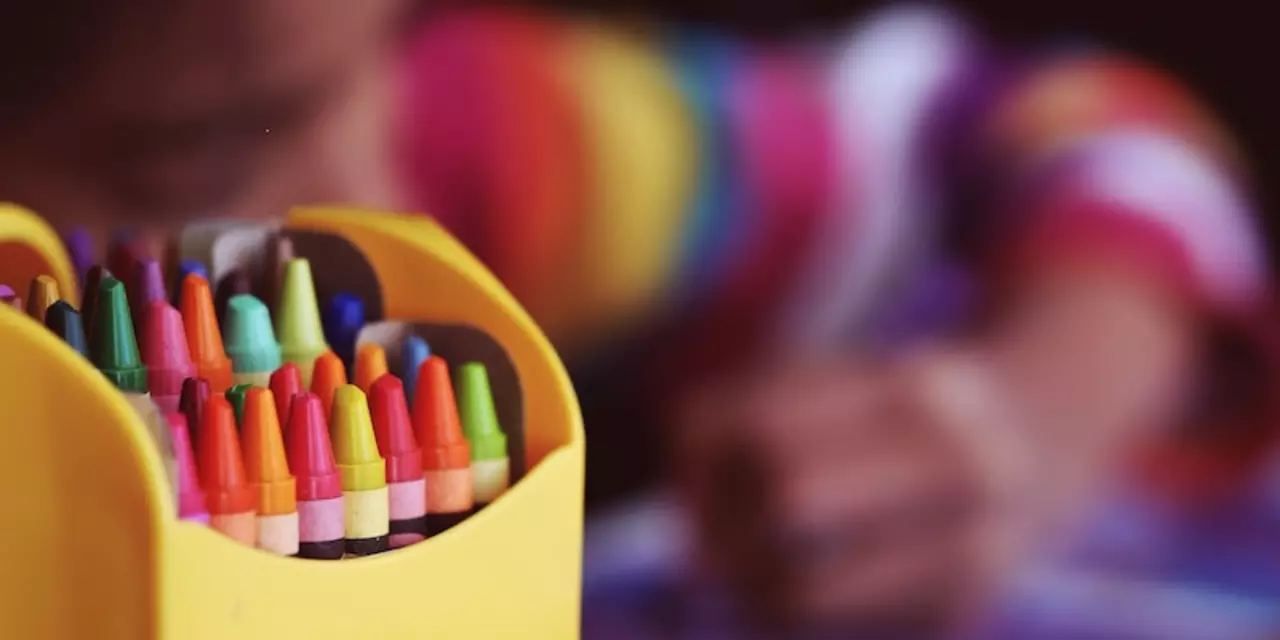Special Education: Practical Ways to Support Every Learner
Ever wondered why some kids need a bit more help in class? It’s not about being “less capable” – it’s about matching the way they learn. When teachers use the right tools, those students can keep up, stay motivated, and actually enjoy school. This page gives you quick, real‑world ideas you can start using right now.
Special education isn’t a separate subject; it’s a set of strategies that fit into any classroom. Think of it as a toolbox that helps each student reach the same goal, even if they start from different places. The goal is simple: give every learner the chance to understand, practice, and succeed.
When schools go inclusive, everyone wins. Typical kids see new ways to solve problems, and students who need extra help feel respected and valued. That creates a friendlier vibe, fewer disruptions, and better grades across the board. It’s a win‑win you can see in just a few weeks.
Understanding Core Principles
The backbone of special education is the Individualized Education Program, or IEP. This is a written plan that lists the student’s strengths, the areas they need help with, and specific goals for the year. Parents, teachers, and specialists all sign off, so everyone knows what to expect.
Another big piece is regular assessment. Instead of waiting for a big test, use short check‑ins every week. That way you can tweak the plan before a problem snowballs. Open communication with families also matters – they know what works at home and can share tips that fit the classroom.
Tools & Strategies You Can Use Today
Start with flexible grouping. Let students work in pairs or small teams based on skill level, not just age. This gives stronger learners a chance to lead and gives others a supportive partner. Visual aids like charts, color‑coded notes, and step‑by‑step pictures help kids who think better with images.
Technology is a huge ally. Free apps let kids practice reading or math at their own pace, while teachers can track progress instantly. Simple tools like voice‑to‑text or captioned videos make lessons accessible without expensive equipment.
Teacher training shouldn’t stop after certification. Short online courses or local workshops keep you up‑to‑date on the latest methods. Even a 20‑minute video on how to break down a math problem can change a student’s whole day.
Finally, measure success in small bites. Celebrate when a student finishes a worksheet a bit faster or raises their hand more often. Those tiny wins build confidence and show you the plan is working.
Ready to try something new? Pick one strategy – maybe a visual schedule or a weekly IEP check‑in – and use it for a month. Track what changes, adjust, and then add another tool. Before long, you’ll see a more engaged class and students who feel they belong.

How essential is Special Education for a teacher in training?
Special education is an important part of any teacher's training and can no longer be ignored. It is important for teachers to have a basic understanding of special education and its impact on the classroom. Special education is a complex field and requires training in a wide range of topics, such as understanding disabilities, working with parents, and developing individualized education plans. Additionally, special education requires an understanding of the laws and regulations that govern the education of students with disabilities. Special education is essential in training teachers to be effective educators, particularly in inclusive classrooms.
Read More